The Innsbruck Court Church is located in the center of the state capital on the edge of the old town. It was built as a burial church for Maximilian, who, however - according to his dying wish - is buried in Wiener Neustadt. The tomb monument was also originally intended to be erected there, but the figures were too large and too heavy, making transport seem impossible. Maximilian's grandson, Emperor Ferdinand I, therefore decided to have the empty tomb erected in Innsbruck. Because of their dark color, the statues there were soon only called the "black men."
Maximilian's original idea was a funeral procession in the ancient tradition. This was intended to place the splendor and glory of the German imperial throne and the House of Habsburg in particular in line with the Roman emperors of antiquity. A series of busts of the Roman emperors - which are now located at Ambras Castle - testified to the continuity of the imperial dignity. The statues of saints from the House of Habsburg, in turn, stood for the special connection to the church and the pope.
Most impressive are certainly the huge "black men," among whom, unlike their popular name, there are indeed also women. Work on these monumental figures began in 1502, and the first statue was cast in 1509. According to the original designs, a total of 40 bronze statues were planned, but at the time of Maximilian's death, only 11 were finished. Although the work was continued, it was ultimately left with the 28 figures still standing today, as the effort and cost of casting were too great. Depicted alongside Maximilian's ancestors - including his father, Emperor Frederick III, Rudolf of Habsburg, Archduke Sigismund the Rich in Coins, or Duke Leopold III - are also his father-in-law Charles the Bold of Burgundy, the Spanish King Ferdinand the Catholic, Maximilian's son Philip the Handsome and his wife Joanna, the Babenberg Margrave Leopold III, as well as the King of Jerusalem, Godfrey of Bouillon, and the Frankish King Clovis I. Also among the figures are Maximilian's two wives, Mary of Burgundy and Maria Bianca Sforza.
Almost all the statues were cast in the Innsbruck foundry. However, because the work was progressing too slowly at times, the order for two statues went to Nuremberg. There, Albrecht Dürer delivered the designs for the legendary King Arthur and the Gothic King Theodoric. Especially for Maximilian, the emperor on the threshold of modern times, Arthur was the epitome of classical chivalry.
At the center of the entire tomb monument is the (empty) high grave, designed by the Prague painter Florian Abel, on which 21 marble reliefs depict scenes from Maximilian's life. At the top, surrounded by the four cardinal virtues, is Maximilian himself. This statue was only completed in 1584. Particularly magnificent is the surrounding grille, a wrought iron work by the Prague court locksmith Jörg Schmiedhammer.







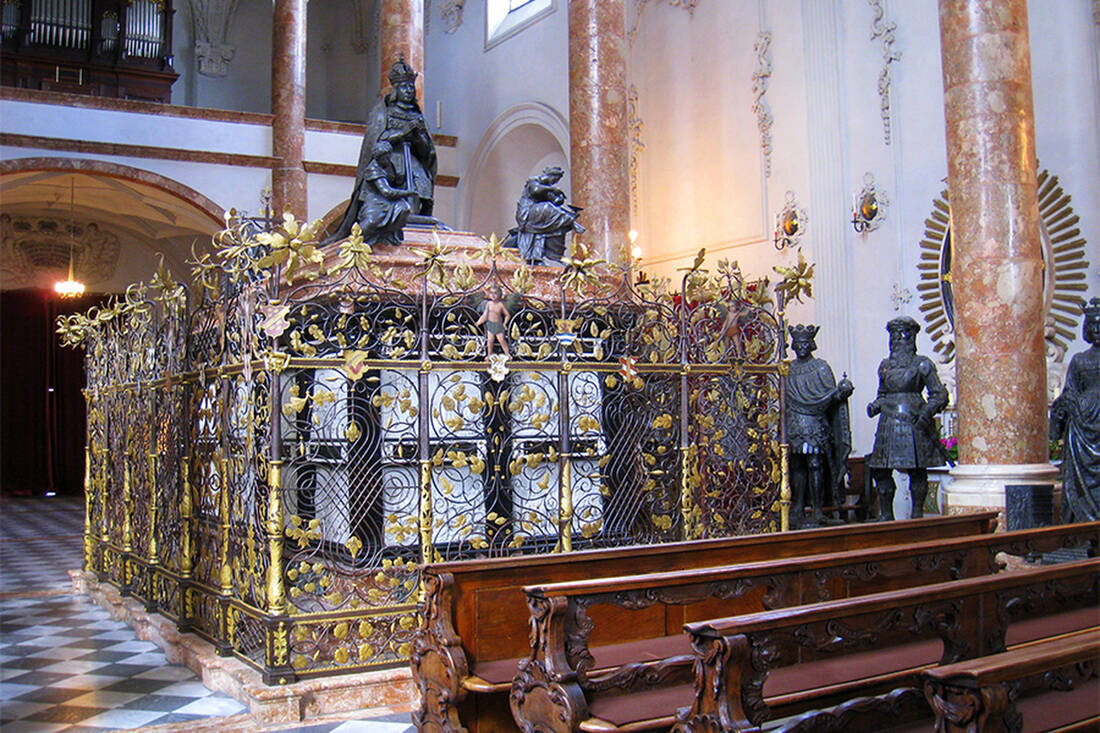
 How do you like the content of this page?
How do you like the content of this page?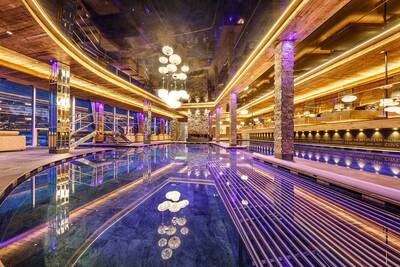
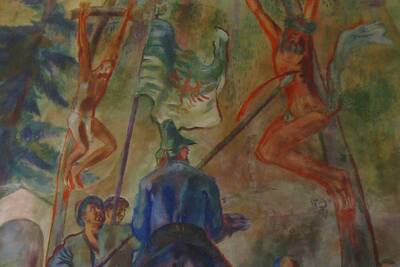
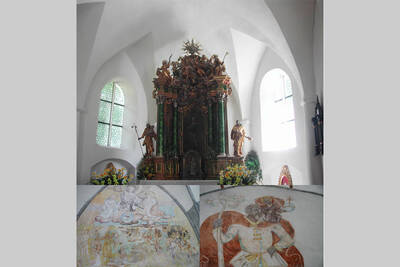
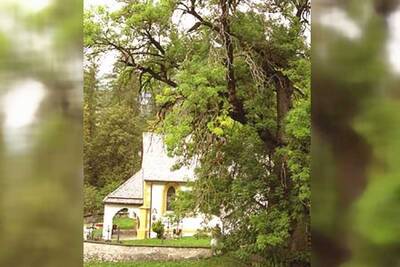
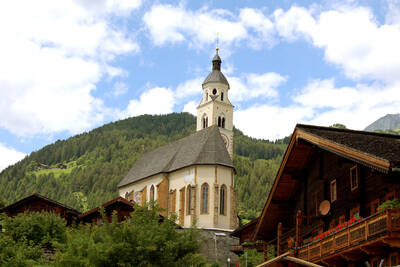

 More infos…
More infos…